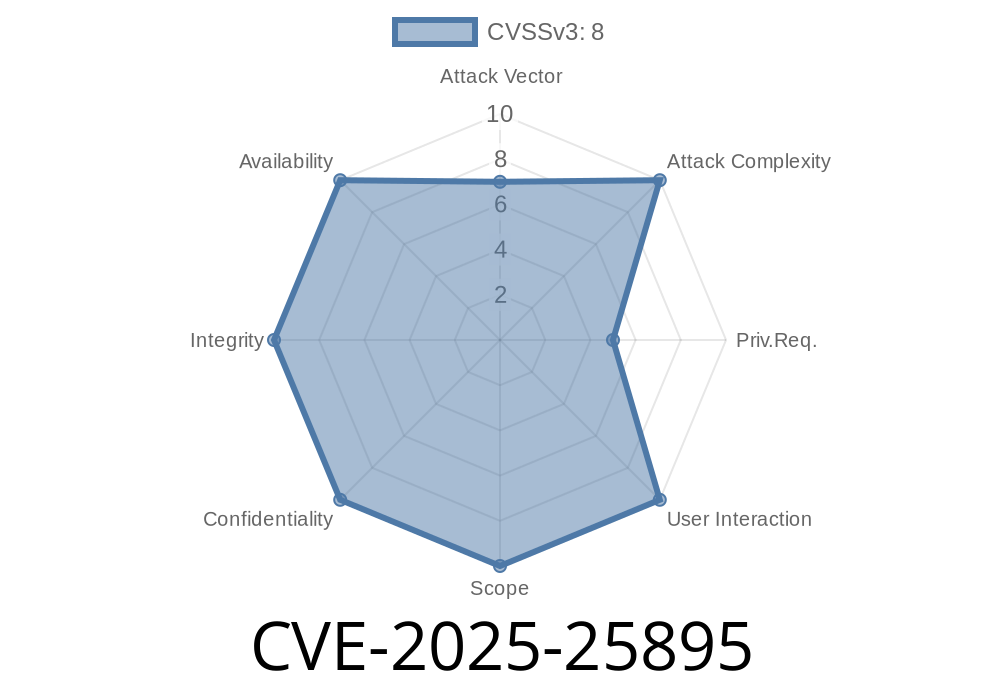An OS command injection vulnerability has been discovered with the CVE identifier CVE-2025-25895 in the firmware of D-Link DSL-3782 devices operating on version 1.01. Attackers can exploit this vulnerability to execute arbitrary operating system (OS) commands on the affected devices.
Summary
This blog post discusses the details of the vulnerability found in the D-Link DSL-3782 firmware and shows how attackers can exploit it. It demonstrates the usage of the public_type parameter to execute arbitrary operating system (OS) commands via a crafted packet. The post includes code snippets from the vulnerable function and links to the original references for both the vulnerability and the affected devices.
Background
D-Link is a well-known manufacturer of networking and communication devices, including routers like the DSL-3782. These devices are connected to the internet and can be used to manage network connections. Unfortunately, attackers often exploit vulnerabilities in these networking devices to gain unauthorized access and execute malicious code.
Exploit Details
In the D-Link DSL-3782 firmware v1.01, there is improper neutralization of input during web page generation, which allows remote attackers to execute arbitrary operating system (OS) commands via a crafted packet sent with the public_type parameter.
Here's a code snippet from the function vulnerable to the injection
def webPageFunction(vars, nav=, act=None, public_type=””):
# ... Some code here ...
exec_OS_cmd("/bin/echo %s > %s" % (public_type, "/tmp/public_type.txt"))
# ... Some more code ...
While the public_type parameter was assumed to be safe, it has not been properly sanitized, allowing attackers to pass arbitrary OS commands and have them executed.
Attack Scenario
An attacker can exploit this vulnerability by sending a crafted packet containing the malicious OS command. For example, they can perform their attack using this simple Python code:
import requests
url = "http://<TARGET_IP_ADDRESS>/";
data = {"public_type": ";your-malicious-command-here;"}
response = requests.post(url, data=data)
print(response.text)
Original References
1. For more information about the vulnerability, see the CVE entry at https://cve.mitre.org/cgi-bin/cvename.cgi?name=CVE-2025-25895.
2. D-Link's official website contains details about the DSL-3782 device: https://us.dlink.com/en/products/dsl-3782.
Mitigation and Remediation
Users of D-Link DSL-3782 devices on firmware v1.01 should update to the latest available firmware version as soon as possible. This will prevent exploits of CVE-2025-25895 and protect devices from possible attacks.
It is also important for network administrators to configure network security measures such as firewalls, intrusion detection systems, and regular security updates to add an extra layer of protection against potential attacks.
Conclusion
CVE-2025-25895 is a critical vulnerability that can lead to OS command injection, allowing attackers to execute arbitrary commands on vulnerable D-Link DSL-3782 devices. Updating to the latest firmware version and implementing additional network security measures can help mitigate the risk associated with this vulnerability.
Timeline
Published on: 02/18/2025 22:15:19 UTC
Last modified on: 02/19/2025 16:15:42 UTC
